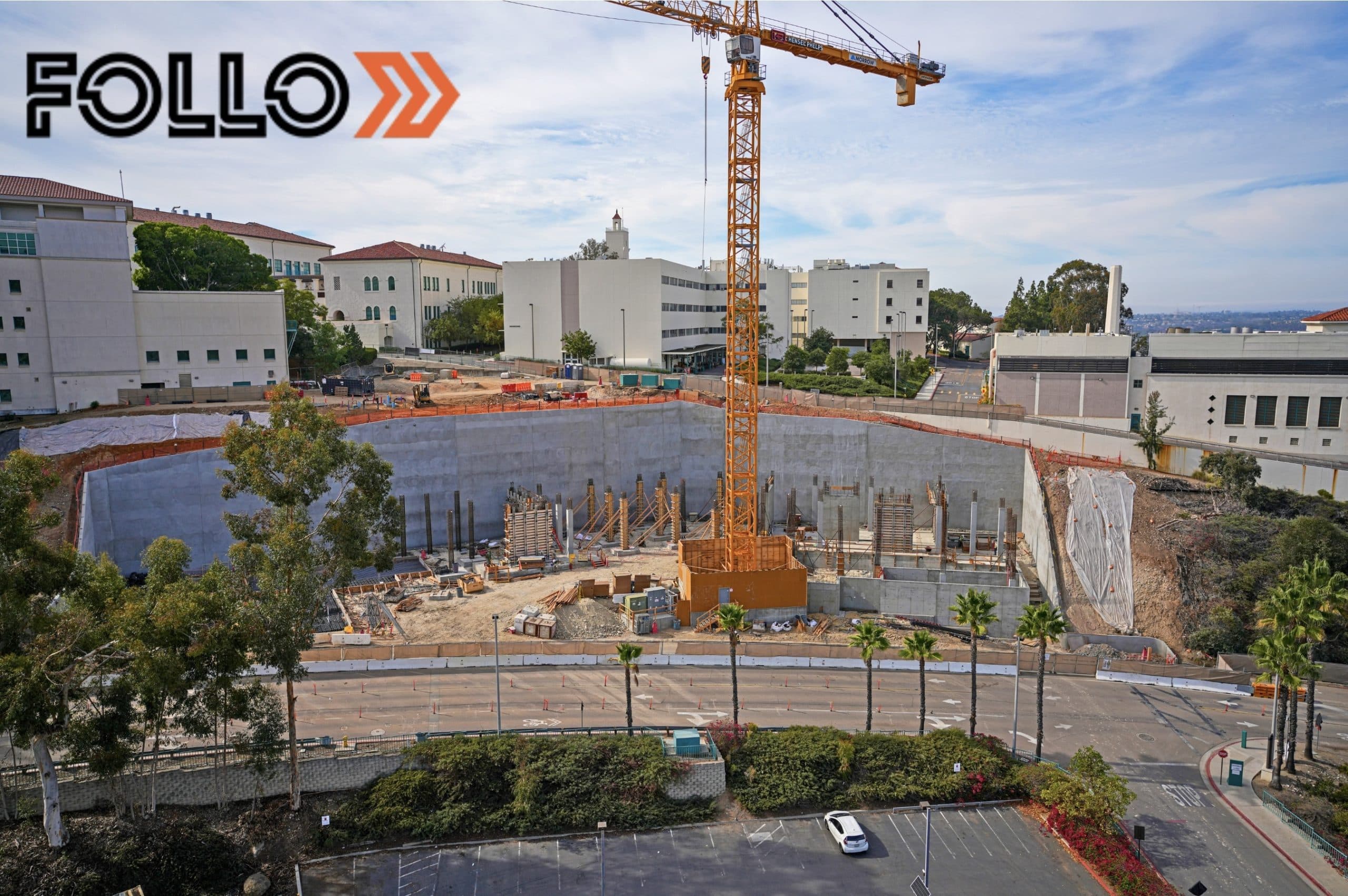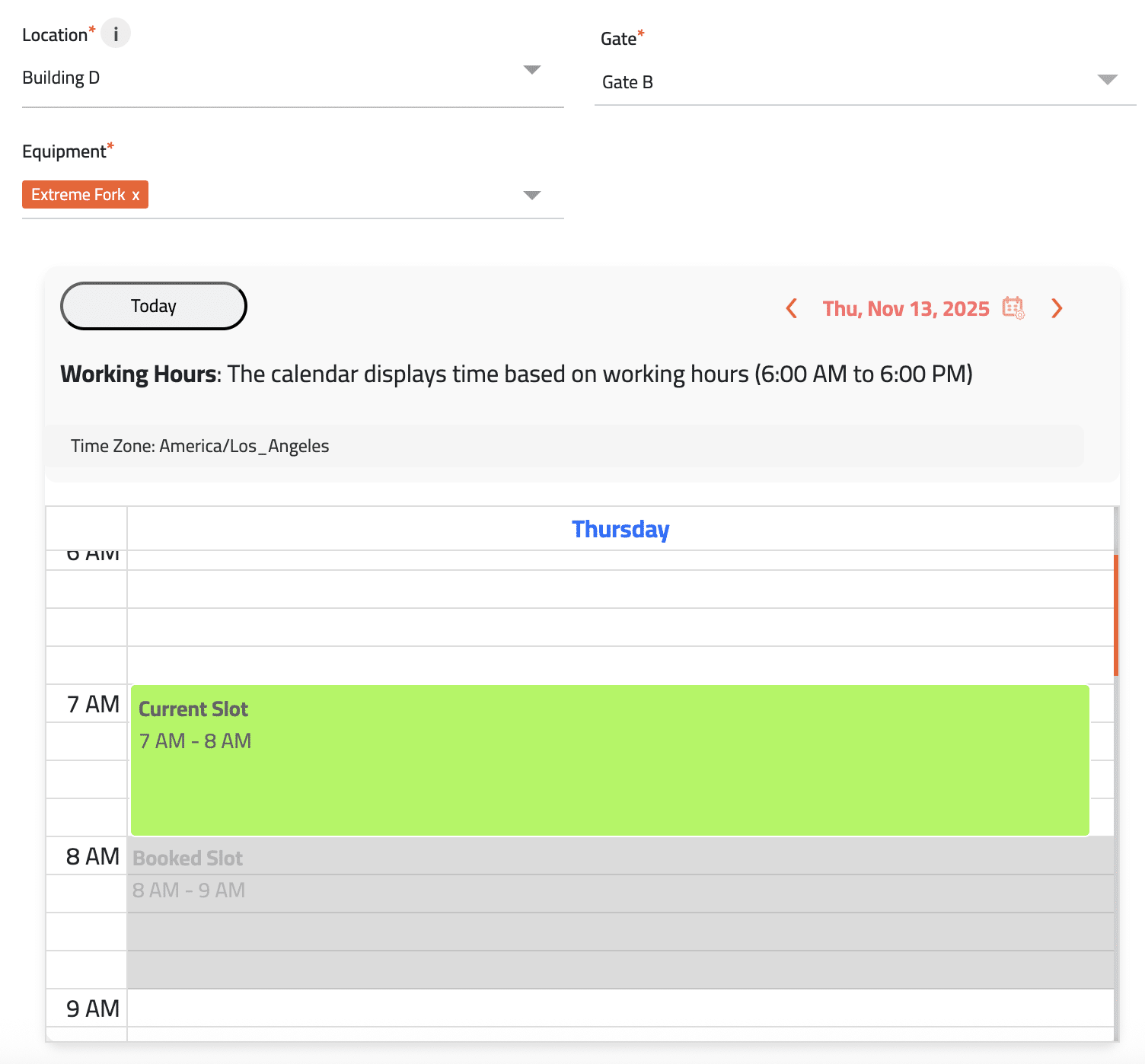Selecting the right crane size is paramount to ensure safe and efficient lifting operations in construction projects. Choosing an appropriate crane involves considering several factors, such as load capacity, reach, height, and site conditions. In this article, we discuss how to determine the right crane size for your lifts. By understanding load calculations and leveraging industry resources, you can make informed decisions that optimize project success.
Factors to Consider:
- Load Capacity: Determine the maximum weight of the load you need to lift. Consider the weight of the load itself as well as any attachments or rigging equipment. Ensure that the crane’s load capacity is sufficient to handle the weight of the load safely.
- Reach: Evaluate the horizontal distance the crane needs to cover to reach the desired lifting location. Consider any obstacles, such as structures or equipment, that may affect the crane’s reach. Choose a crane with an appropriate boom length or jib extension to ensure the necessary reach.
- Height: Assess the vertical distance required for lifting. Consider factors such as the height of the building or structure, the depth of the excavation, or any overhead obstructions. Select a crane that can reach the required lifting height while accounting for the clearance needed.
- Site Conditions: Evaluate the site conditions, including the terrain, ground stability, and available space. If the ground is uneven or unstable, additional measures may be necessary, such as using outriggers or mats. Ensure that the selected crane can operate safely within the given site conditions.
Conducting Load Calculations:
Performing load calculations is critical when determining the right crane size. Consider the weight, dimensions, and center of gravity of the load. Work with a qualified engineer or crane specialist to accurately calculate the load requirements. Load charts provided by crane manufacturers offer valuable information for load calculations based on crane configuration, boom length, and load radius.
Leveraging Industry Resources:
Utilize industry resources to aid in selecting the appropriate crane size. Crane rental companies and manufacturers can provide guidance and recommendations based on their expertise and experience. Consult their experts to assess the specific requirements of your lifts and identify the most suitable crane models for your project.
Site Visits and Assessments:
Perform site visits and assessments to gather essential information for selecting the right crane size. Evaluate the access points, space constraints, and any site-specific challenges. Engage with the crane operator, project team, and other stakeholders to gather valuable insights and ensure comprehensive planning.
Considerations for Future Lifts:
Anticipate future lifting needs when selecting a crane size. Evaluate the potential requirements for upcoming phases of the project to ensure that the chosen crane size can accommodate future lifts. This proactive approach minimizes delays and allows for efficient planning and resource allocation.
Choosing the right crane size is vital for safe and efficient lifting operations in construction projects. By considering factors such as load capacity, reach, height, and site conditions, and conducting accurate load calculations, you can determine the perfect fit for your lifts. Leverage industry resources and engage with crane specialists to make informed decisions. Optimize project success by selecting the rightcrane size that meets the specific requirements of your project. Remember to conduct site visits, consider future lift needs, and prioritize safety in all lifting operations. By following these guidelines, you can ensure smooth and successful crane operations in your construction project. For more information and resources on crane selection and construction project planning, visit Follo.co.
Disclaimer: The information provided in this article is for general informational purposes only. The selection of the right crane size for specific construction projects should be based on a comprehensive evaluation of the project requirements, site conditions, and expert advice. Always consult with qualified professionals, such as engineers, crane specialists, and industry experts, to ensure accurate load calculations and proper crane selection.


